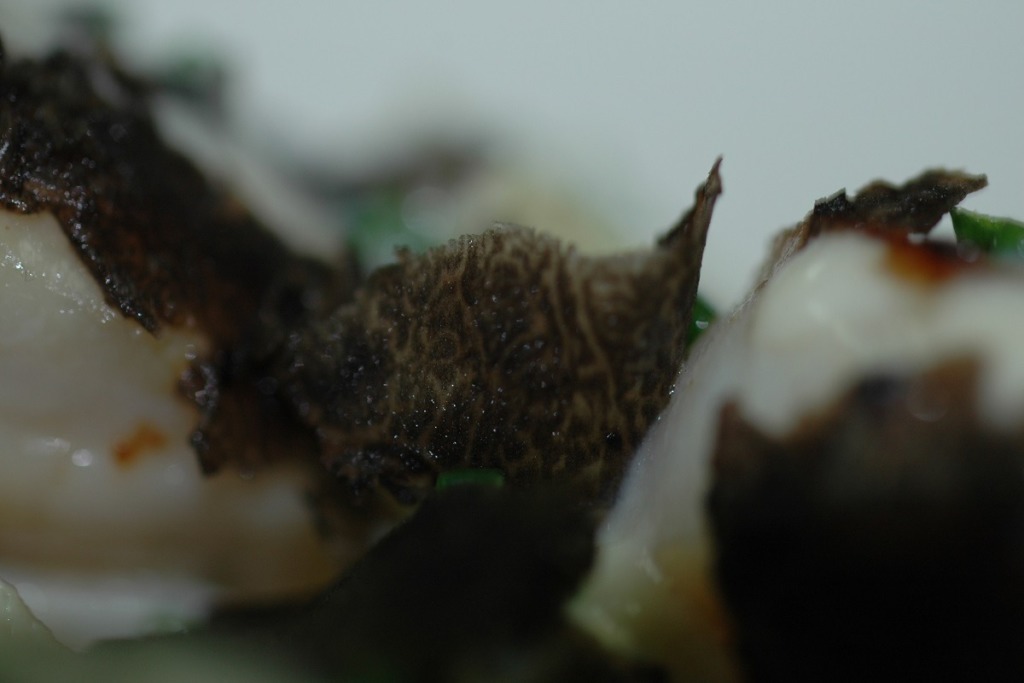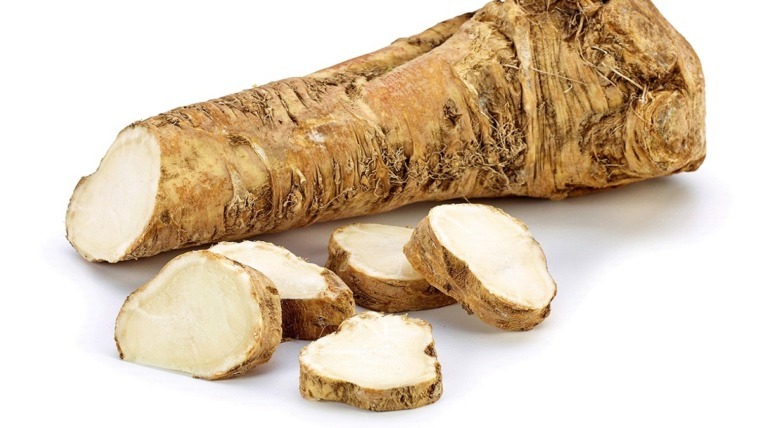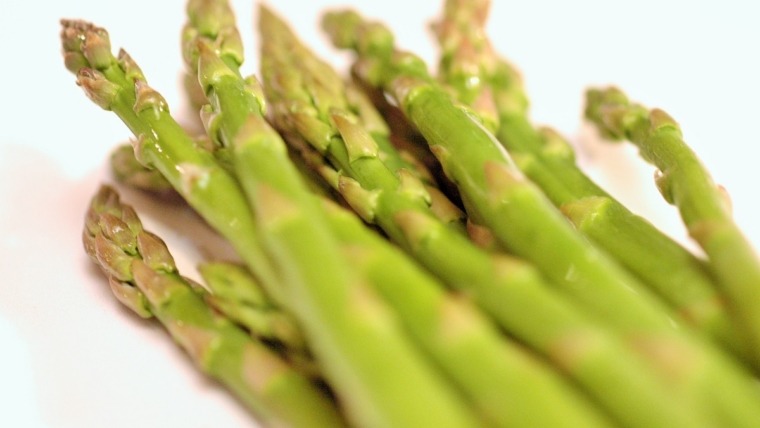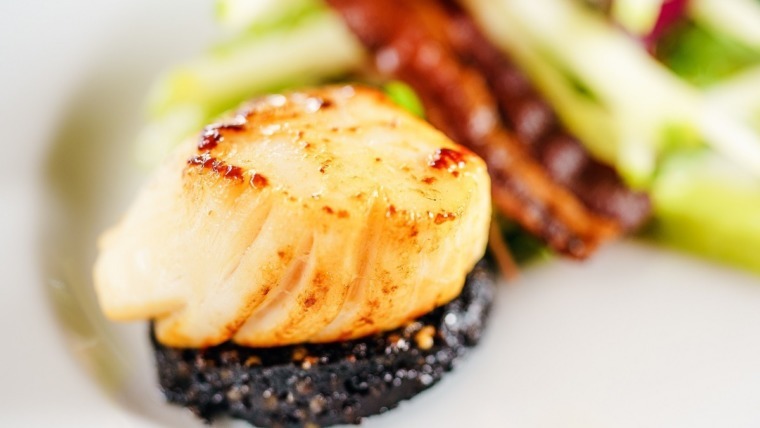
Well known throughout gastronomic circles, though perhaps not so widely recognized to the layman. As the fungus often gets confused with the ball of chocolaty indulgence known as Chocolate Truffle, which is a favourite of many. Perhaps there are one or two of you now a little disappointed that it is not the latter which we are exploring now.
Truffles are the fruiting part of fungus which is found colonising a host plants roots. In a mutualistic relationship, being of benefit to the plant, fungus and surrounding soil.
They are a prized ingredient in several cuisines including French, Italian, Spanish, and Middle Eastern. There are a few different varieties, which vary in intensity and of course in the all-important price.
White
Found growing on oak, hazelnut, poplar, and beech trees, the white Truffle is found fruiting in Autumn. They can reach a weight of 500gm, though are often much smaller. They have a pale cream or brownish colouring with white marbling throughout, and a strong aroma. The white variety, especially from Piedmont in Italy are prized and are highly sought after. As a consequence, the price is reflective of this, with one Truffle reportedly fetching $330,000 US at auction.
Black or Perigord
This is the second most sought after truffle variety, and commercially valuable, named after the Perigord region of France. It is found growing on the roots of oak and hazelnut trees and is harvested in late autumn and winter.
Hunting For Truffle
Pigs have traditionally been used, in particular female pigs, to hunt for this fungus as they are attracted naturally by a scent compound emitted from it. Though due to their keen interest to eat the truffles, and the damage they caused thus reducing the yields. They have been banned in Italy from hunting, and today dogs are preferred.
Cooking
For culinary use, Truffle can be purchased either fresh or lightly preserved in brine or can be found infused into a variety of foodstuffs, such as:
- Oil
- Salt
- Eggs
- Honey
It is the black variety that has a refined, less pungent aroma and taste, than that of the prized white truffle. They are used for a variety of culinary recipes, both savoury and sweet. As to the true Truffle aficionado they can never get enough of the little diamonds. We have included a truffle recipe in this issue of E-Bubble Life, a pear gateau, which as you can imagine is amazingly indulgent, if you can source some fresh truffle, please at least try it.
The Truffle oil is a relatively inexpensive way to experience the truffle taste and aroma, and I would suggest for those who have not yet been introduced to Truffle, to try a bottle first, and determine if you like it or not. Truffle salt has been infused, usually with the Perigord, or black truffle which is blended fine then added to the salt. This is another relatively inexpensive way to experience Truffle, and the salt is usually easily obtainable. The Truffled eggs and honey, unlike the salt and oil, can be rather confronting as you cannot control the volume of Truffleness transmitted, which can be achieved through increasing or decreasing the quantity of the previous two infusions. For that reason, for a first-time experience, I would recommend you avoid the honey & eggs.
There are innumerable uses in the culinary world, some of which include:
- Salads – Shaved on top & mixed through
- Cheeses – Infused within the cheeses
- Pastas – Shaved on top
- Pates – Mixed through
- Stuffing – Mixed through
- Seasoning Poultry – Inserted beneath the skin
- Pastries – Shaved on top
- Custards – Mixed through
- Ice-creams – Infused within
Truffle is now grown successfully throughout the world from South Africa, Chile, Sweden, America, and Britain. The first successfully produced Perigord Truffle in the Southern Hemisphere was harvested in New Zealand in the early 1980s. Since then industry has developed both in New Zealand and in Australia, from Western Australia, NSW, Victoria, and down to Tasmania. With the largest Australian Truffle found in Tasmania in 2010, weighing in at just over a kilogram, and costing somewhere in the region of $1,500.
Keep an eye out for the next Truffle festival, and treat yourself and the family, whether you are a Truffle aficionado or a total novice, a festival is the perfect experience, for socialising with this royalty of foods.
Written by Kevin Kapusi Starow



